One Room
October 2022
solo exhibition at Palace Enterprise. Copenhagen, Denmark.
Works:
Punished You And Me No.15, Acrylic marker on watercolor paper, UV spray, 100 x 70 cm | 39 3/8 x 27 1/2 inches (unframed),103,5 x 73,5 cm (framed).
Punished You And Me No.16, Acrylic marker on watercolor paper, UV spray, 100 x 70 cm | 39 3/8 x 27 1/2 inches (unframed),103,5 x 73,5 cm (framed).
Cold-Blooded Animales No.5, C-print, sandwitch mounting, 134.9 x 124.8 cm | 53 1/8 x 49 1/8 inches (unframed), 137.5 cm x 127.5 (framed) .
For The Photos I Didn´t Take, For The Stories I Didn´t Read, 4K video, single channel, color, stereo sound, duration: 16 min, 39 sec. Composer: Kristian Mondrup
There is a real fetish in culture for what is lost in translation. That enigmatic extra-verbal something, which belongs to some but not to all. In Sophia Coppola ’s movie Scarlett
Johansson stares at kids in a Tokyo gaming arcade, mesmerised by their movements, their inner worlds – how beautiful it is to be a stranger there.
The slippages produced by translation – between languages, cultures, generations, media – are valuable because they are full of potential (potentially better than anything
you ever had). But also because they testify to the individuality of people, the special properties of a given era, or the texture of a material. To read a novel in its original language,
to see a painting in real life, to meet the artist! There’s always an experience that is closer, more authentic, more rich, and it is precisely the fact that it is withheld from us that
keeps us hooked. If nothing was lost in the translation, transition, transmission of a cultural artefact would we stop wanting it?
This is what Shiyuan Liu’s work is about: not what is lost, but what survives; the rare items that travel more or less unscathed; the images and stories that do not deteriorate.
These, in a way, are the cockroaches of culture that will thrive in any climate, crawl out from under a rock after the end of the world. They are difficult to love because their
durability makes them seem ordinary. Shiyuan sets out to restore their value.
Hans Christian Andersen, the nation’s favourite freak, is one of said cockroaches. Extraordinary, really, that such a profoundly strange person could become so ubiquitous.
Or perhaps this is, in fact, the reason: the more weird a person is, the more must be translated in order for them to communicate at all. In the case of H.C., we might say that
the original is in translation, and so there is not much more that can be lost. He is already speaking in euphemisms, at a remove. His Little Match Girl will tell anyone in the world
about the tragedy of poverty and the glowing innocence of children, the natural artistry of outsiders, and what is required of their imagination to keep them warm, if only for a
moment.
It is ironic that a story about the power of imagination should end up among the poorest of images, as we see in Shiyuan’s film. Here, the destitution of the little girl
is matched by that of the image-world which frames her story: stock photographs of snowy landscapes, banal translations of words like ‘child’, ‘cold’, ‘fire’. You could call it a
kind of radical pictorial realism; the antidote to H.C.’s, let’s face it, somewhat manipulative sentimentality. There is a great honesty here as to what it means to survive in the
world as an image, or a story – and what is a person other than an image, a story? Honest question. Another way to ask it would be: what is the price of being everyone at once,
and what is the reward?
Shiyuan has sacrificed the allure of the slippage, and put everything into the foreground. What she has won is a way out of the trap of authenticity, the limitations of individuality,
and the pressure put upon artists (as well as, increasingly, everyone else) to constantly deliver themselves. Perhaps what is beautiful about Lost in Translation is not the titular
lostness, but just as in Shiyuan’s work what is right there: one room, someone else, you.
![]() — Kristian Vistrup Madsen
— Kristian Vistrup Madsen
installation view at Palace Enterprise. Photographer Jan Søndergaard ↓
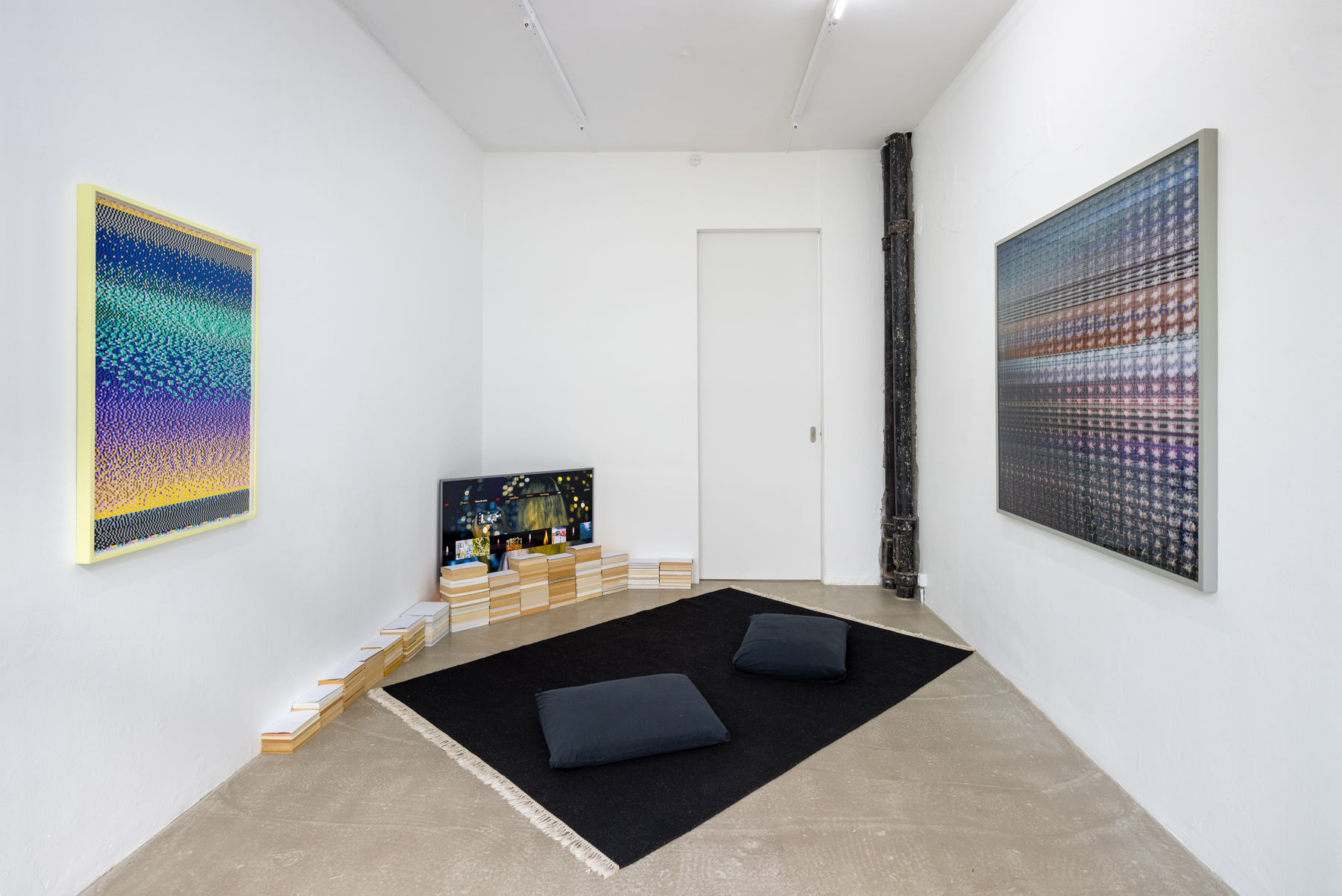
![]()
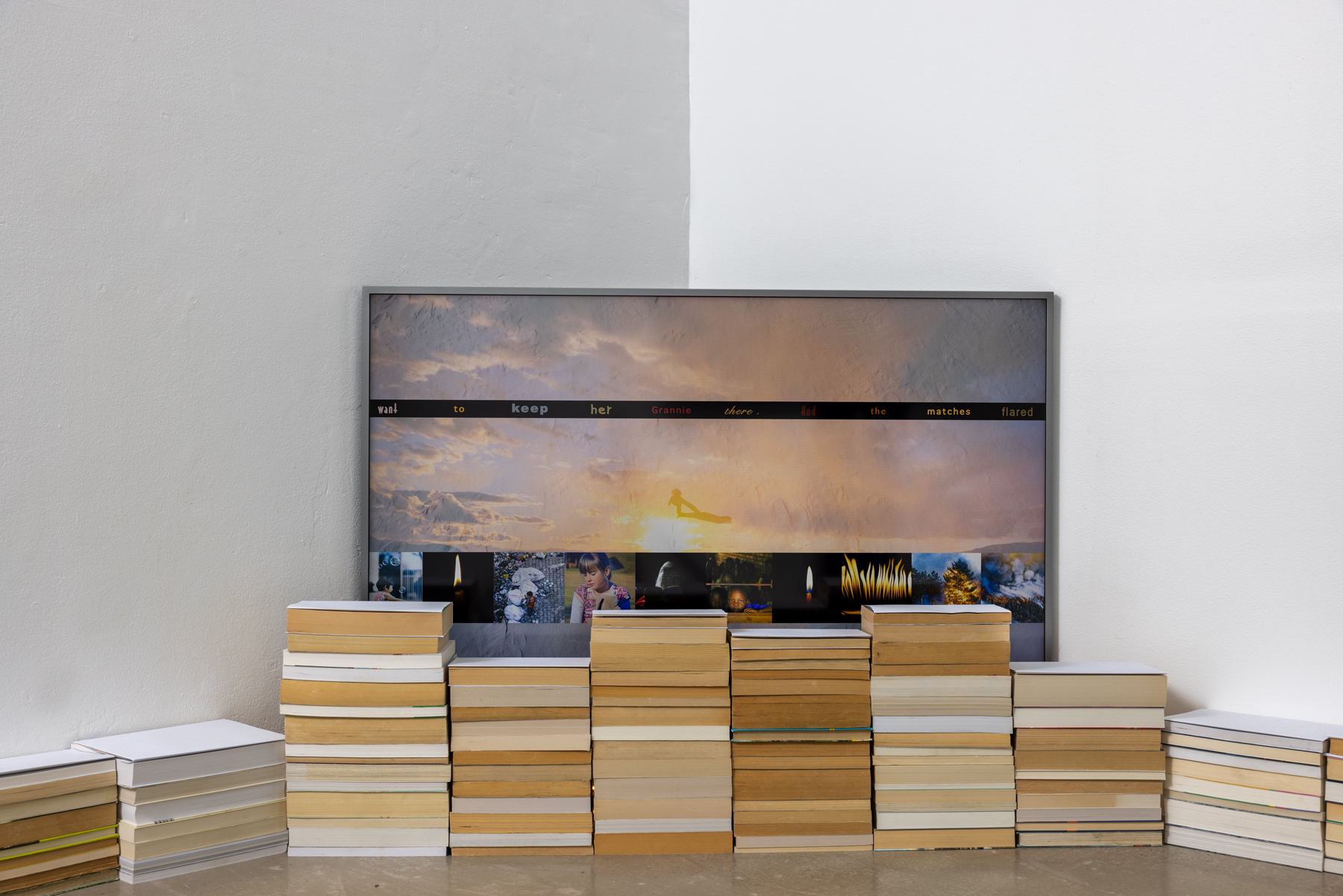
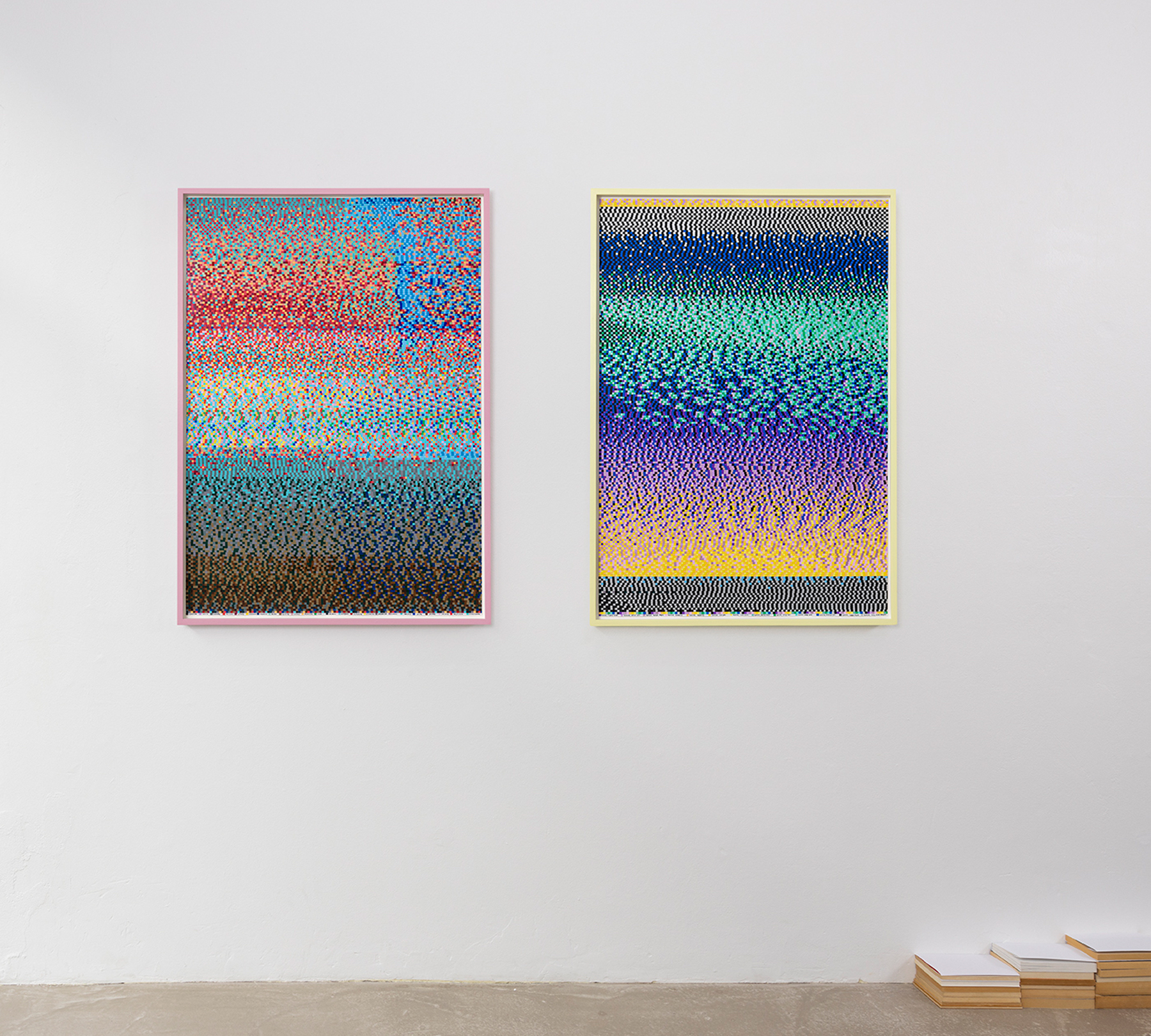
![]()
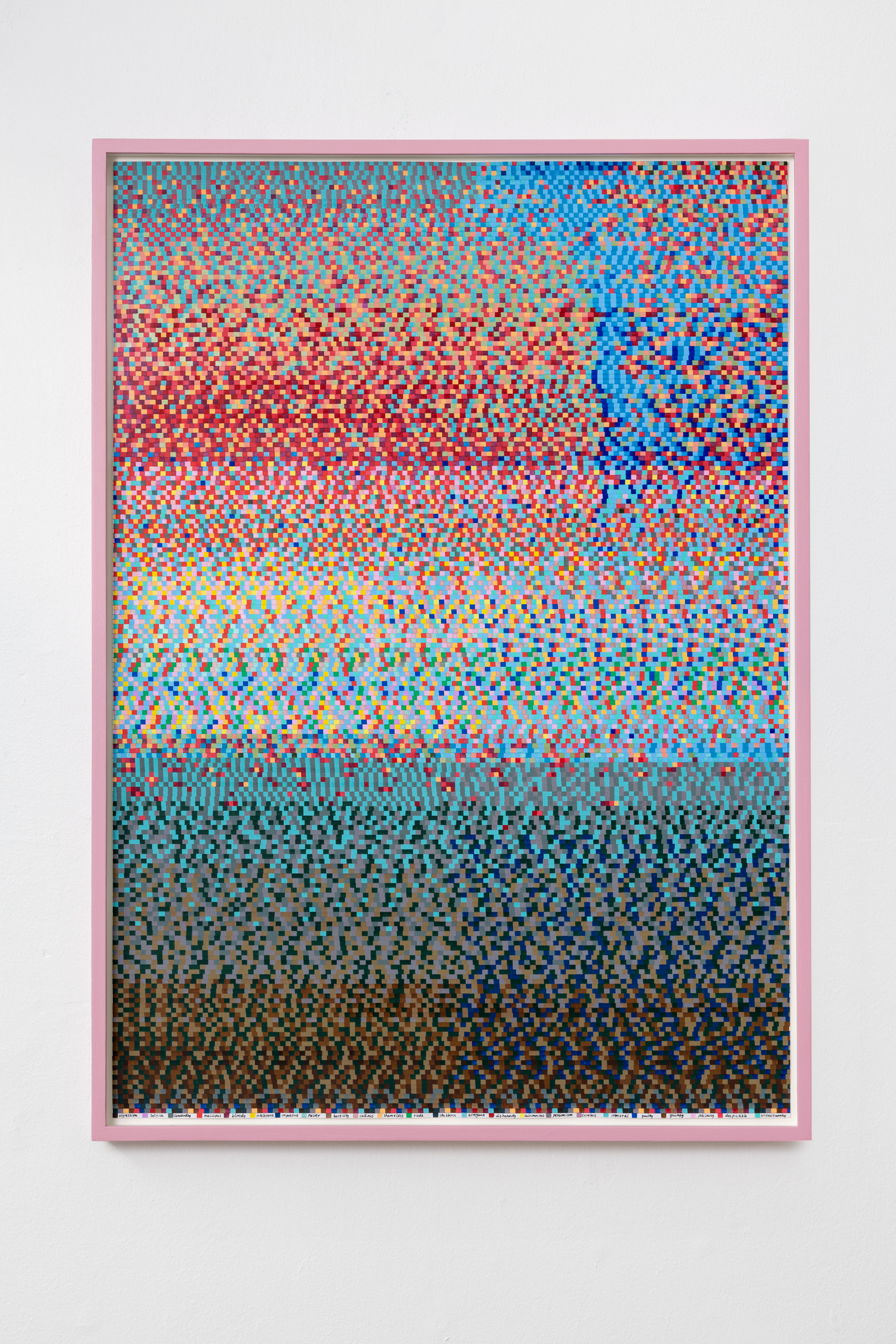
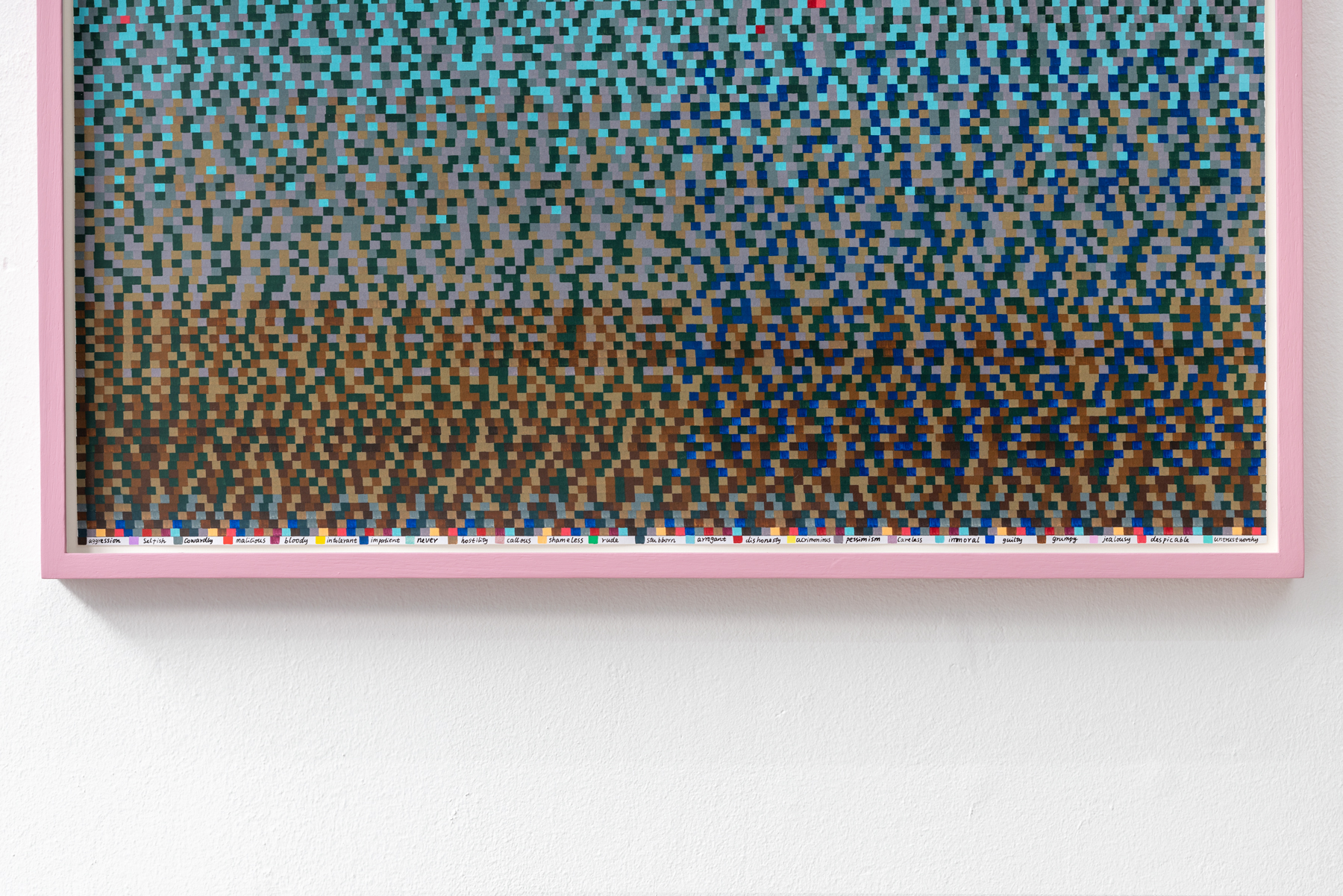
![]()
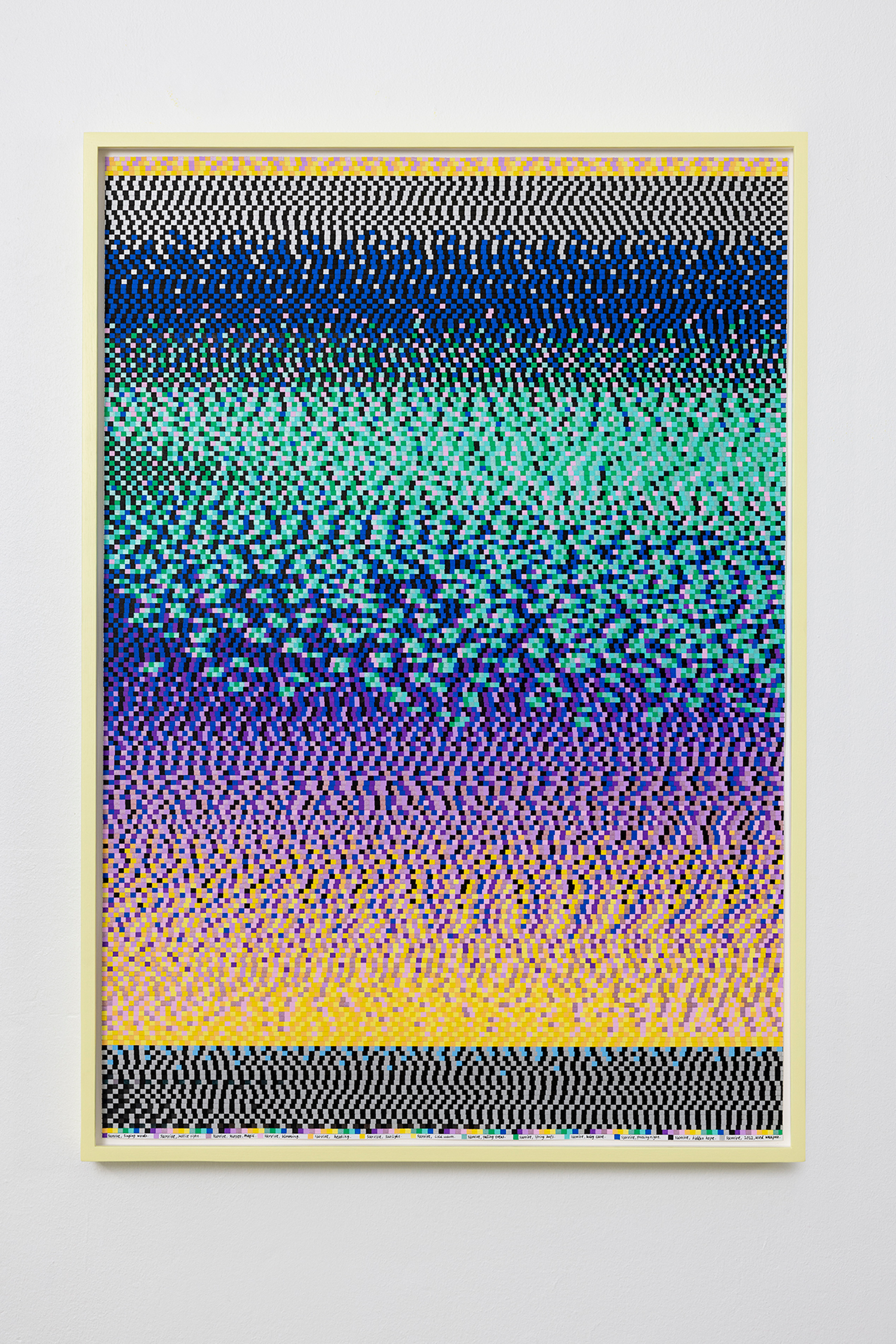
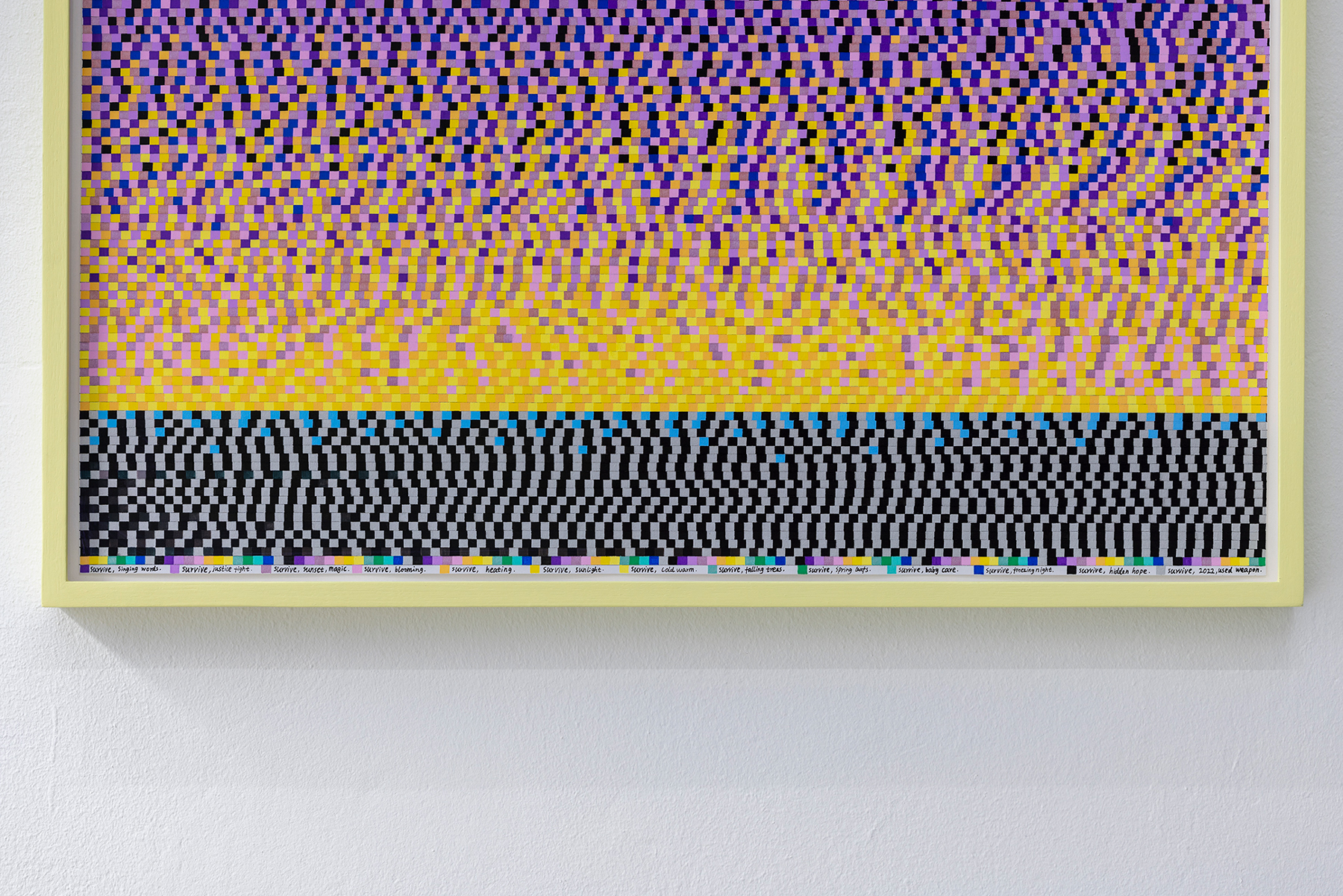
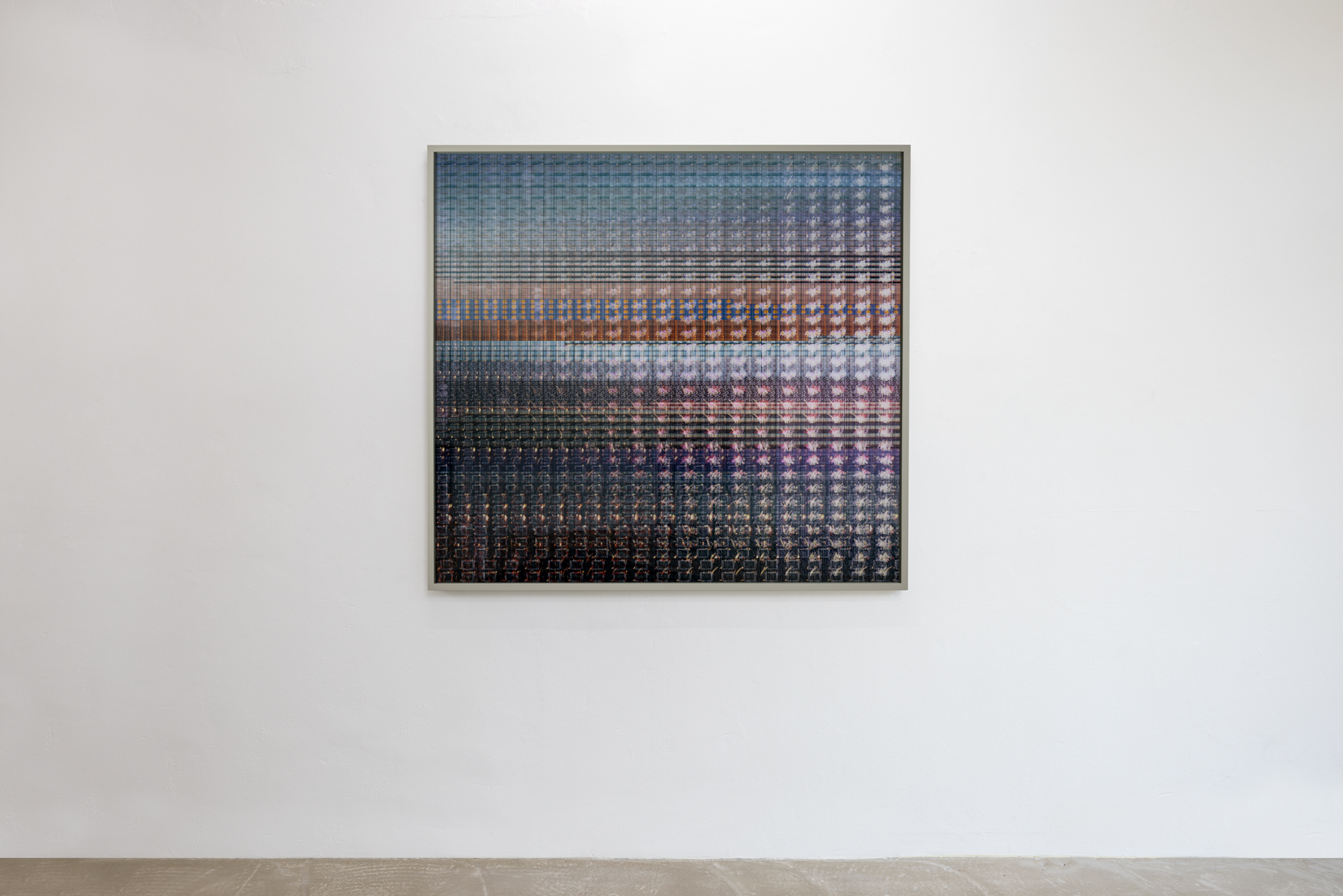
![]()
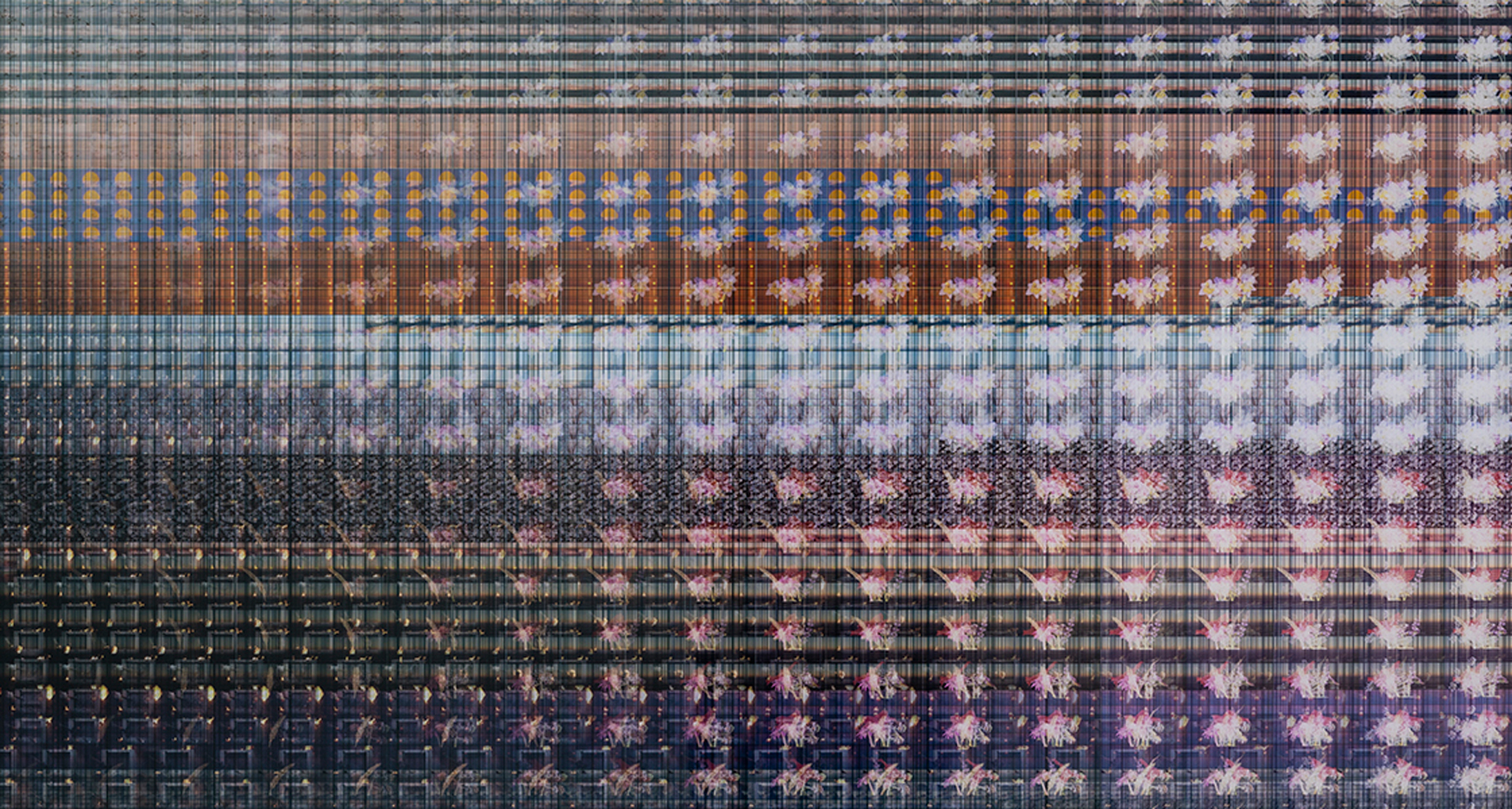
Copyright © ![]() Studio Liu Shiyuan, All rights reserved.
Studio Liu Shiyuan, All rights reserved.